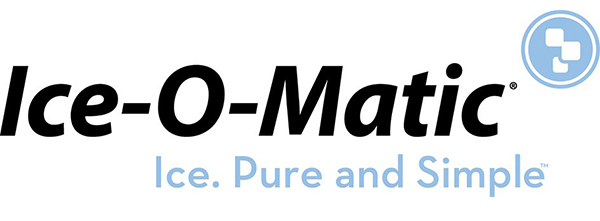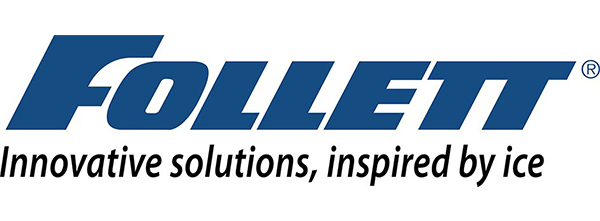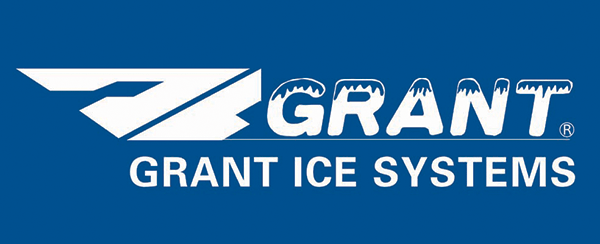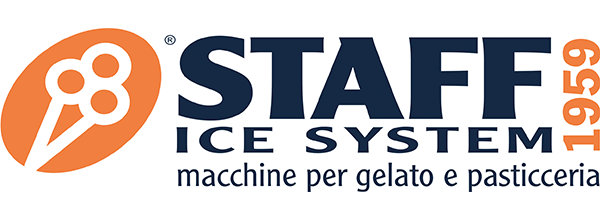Peak Freshness with Ready Blast Chillers
The Coast Team on 20th Feb 2025
Food safety and quality preservation remain top priorities in any commercial kitchen. Blast chilling, exemplified by innovations like Friulinox Ready Super High Performance Blast Chillers, available through Coast Distributors in Australia, has revolutionised how professional kitchens maintain food freshness, comply with safety regulations, and optimise their operations. These advanced cooling systems demonstrate how modern technology can transform kitchen efficiency across the Australian food service industry.
The Science Behind Blast Chilling
Modern systems like Friulinox Ready Regular Blast Chillers use sophisticated airflow systems to ensure uniform cooling throughout the chamber. This consistent cooling prevents the formation of ice crystals that can damage food structure and helps maintain the original texture, flavor, and nutritional value of the food. The technology has evolved to offer both soft and hard chilling options, accommodating different types of food with varying sensitivity to rapid temperature changes.
Temperature Control and Bacterial Prevention
Blast chilling works by rapidly reducing food temperature through a controlled cooling process. This rapid temperature reduction is crucial in preventing bacterial growth and maintaining food quality. When hot food cools slowly at room temperature, it passes through the danger zone (40°F to 140°F or 4°C to 60°C) where bacteria multiply rapidly. Blast chilling quickly moves food through this critical temperature range, significantly reducing the risk of bacterial contamination.
Impact on Food Quality and Safety
One of the most significant advantages of blast chilling is its ability to preserve food quality. Traditional cooling methods often result in moisture loss, texture changes, and colour degradation. Blast chilling minimises these issues through:
Moisture Retention
The rapid cooling process helps food retain its natural moisture, preventing the drying out that often occurs with conventional refrigeration.
Texture Preservation
Quick temperature reduction prevents the formation of large ice crystals that can damage cell structures, helping maintain the original texture of the food.
Colour Protection
Faster cooling helps preserve the natural colours of foods, particularly important for fruits, vegetables, and prepared dishes.
Nutritional Value
The rapid chilling process helps lock in nutrients that might otherwise be lost during slower cooling methods.
Optimising Kitchen Operations and Efficiency
Commercial kitchens implementing blast chilling technology often experience significant improvements in their operational efficiency. This technology enables:
Advanced Preparation
Kitchens can prepare larger quantities of food during off-peak hours, blast chill them for storage, and quickly regenerate portions as needed during service.
Resource Management
Extended shelf life through proper chilling means less food waste and better inventory management.
Staff Utilisation
Staff can prepare items in advance during slower periods, reducing pressure during peak service times.
Menu Development
The ability to safely prepare and store items in advance allows for more diverse menu offerings without increasing service time.
Temperature Management and Food Safety
Professional blast chillers typically operate in temperature ranges from +90°C down to -18°C. The cooling process happens in stages, with different temperature ranges serving specific purposes:
Soft Chilling (+3°C)
Ideal for delicate items like desserts, fish, and vegetables that require gentle temperature reduction to maintain quality.
Hard Chilling (-18°C)
Suitable for dense foods and items requiring longer storage, providing rapid freezing that minimises crystal formation.
Storage Mode
Maintains optimal temperature after the chilling cycle, ensuring food stays at the perfect preservation temperature.
Energy Efficiency and Sustainability Considerations
Modern blast chillers incorporate various features to optimise energy efficiency:
High-Density Insulation
Premium units, such as those in the Friulinox Ready Regular Blast Chiller range, use CFC and HCFC-free polyurethane insulation with densities around 42 kg/m³, maximising thermal efficiency.
Smart Defrost Systems
Automated defrost cycles that operate only when necessary, minimising energy consumption.
Efficient Compressor Technology
Latest generation compressors provide optimal cooling while minimising power usage.
Ecological Refrigerants
Use of environmental-friendly refrigerants like R290, which have lower global warming potential.
Future Trends in Commercial Cooling Technology
The food service industry continues to evolve, and with it, cooling technology advances. Emerging trends include:
Connected Systems
IoT integration allowing remote monitoring and control of cooling systems.
Energy Management
More sophisticated energy-saving features and sustainable cooling solutions.
Smart Technology
Artificial Intelligence systems that optimise cooling cycles based on load and usage patterns.
Versatile Solutions
Combined cooling and freezing units that offer greater flexibility in food storage options.
Conclusion
Whether considering an upgrade to existing cooling systems or planning a new kitchen installation, understanding blast chilling technology and its benefits is essential for modern food service operations. Solutions like Friulinox Ready Regular Blast Chillers, exclusively distributed in Australia by Coast Distributors, offer the advanced features and reliability needed to meet these challenges. For Australian commercial kitchens seeking to improve their operations, our team at Coast Distributors can provide comprehensive support and expertise in implementing these cutting-edge cooling solutions. The investment in proper cooling technology pays dividends through improved food quality, reduced waste, and more efficient kitchen operations.
To learn more about implementing blast chilling technology in your commercial kitchen, contact our team at Coast Distributors.









